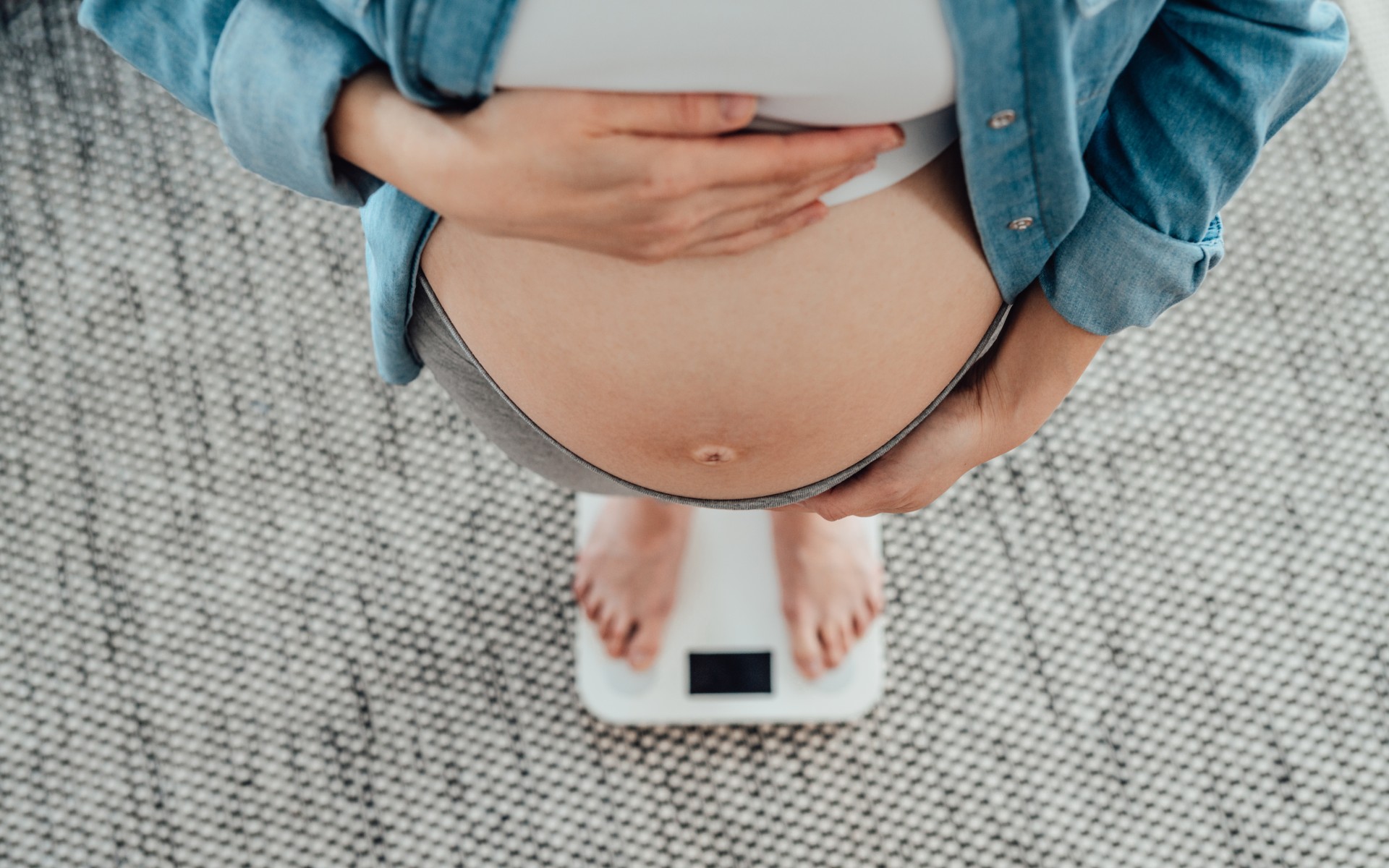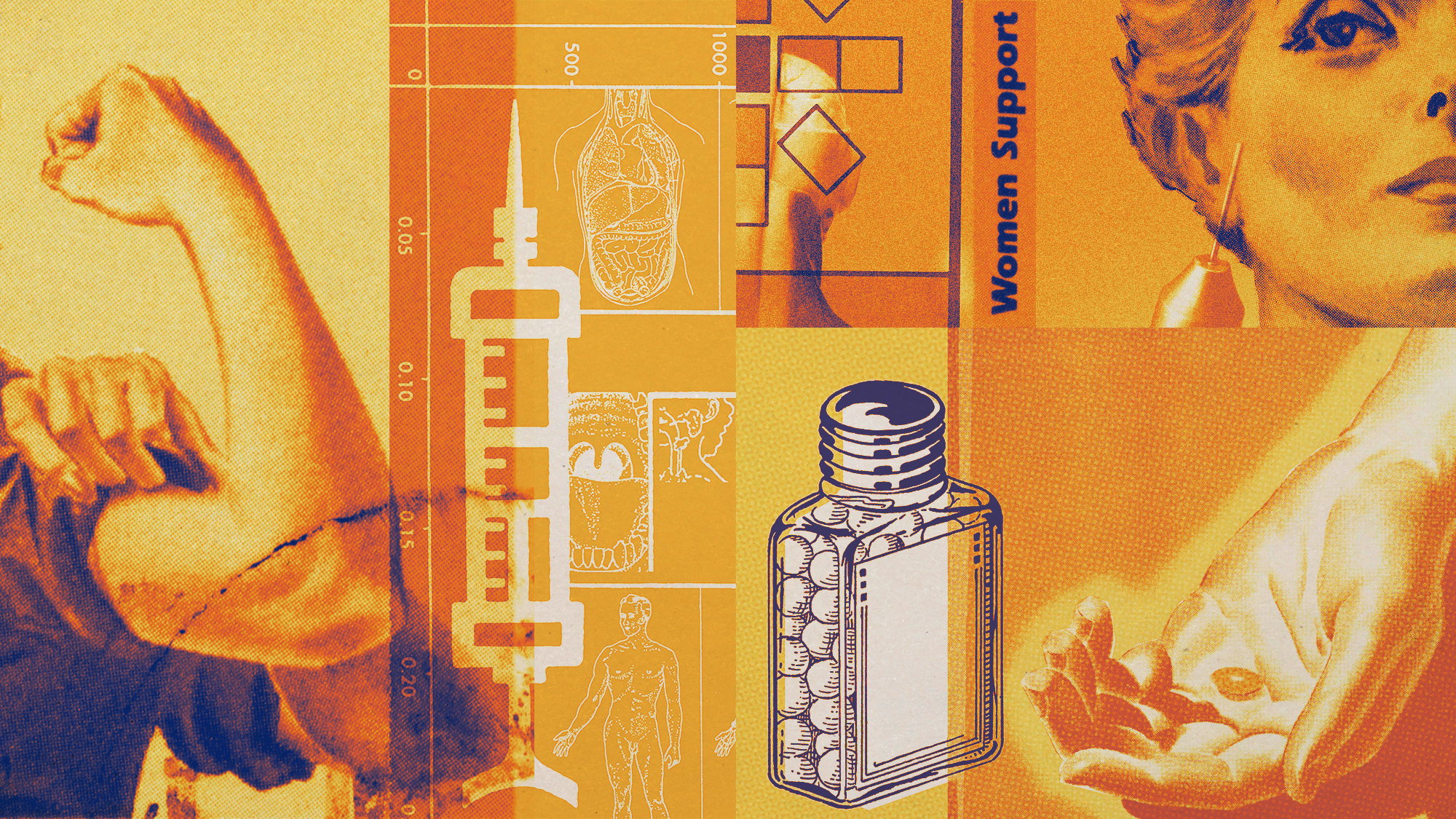Gender bias in medical research: how women are still overlooked
Clinical trials have historically been male-centric, but they are leaving the medical community in the dark about women and girls


Medical research has been disproportionately focused on male subjects for years, creating a deficit of data about women's health. Even in the preclinical stage, test animals and cells tend to be male. Scientists say that despite decades of alarm-ringing over the exclusion of women from clinical trials, they continue to be underrepresented. And evidence shows that women suffer because of it.
A history of excluding women from medical research
Women have historically been overlooked in medical research, but intentionally excluding them was cemented into policy in the 1970s. In 1977, the Food and Drug Administration created a guideline that recommended excluding women of childbearing age from Phase I and early Phase II drug trials in response to a widespread tragedy linked to the drug thalidomide, according to the National Institutes of Health (NIH) Office of Research on Women's Health (ORWH).
The anti-morning sickness drug was used in Europe and Australia and caused more than 10,000 deaths and congenital disabilities in babies in the 1960s. While the drug was not approved for use in the U.S., the incident caused researchers to be more cautious about including women in studies. The FDA's policy was broad and included "women who used contraception, who were single or whose husbands were vasectomized."
The Week
Escape your echo chamber. Get the facts behind the news, plus analysis from multiple perspectives.

Sign up for The Week's Free Newsletters
From our morning news briefing to a weekly Good News Newsletter, get the best of The Week delivered directly to your inbox.
From our morning news briefing to a weekly Good News Newsletter, get the best of The Week delivered directly to your inbox.
The policy was a major setback for the inclusion of women in medical research, but almost a decade later, after protests and pushback, the NIH revisited the decision. In 1986, the NIH established a policy that encouraged researchers to include women in their studies, and three years later, it released a Memorandum on Inclusion that said research solicitations should encourage the inclusion of women and minorities. Still, the shift in policy was not enough to turn the tide of decades of exclusion.
In 1990, the Congressional Caucus for Women's Issues asked the General Accounting Office (GAO) to investigate the implementation of the NIH's guidelines for including women and people of color in studies that it funded. The GAO reported that the policy had been "poorly communicated and inconsistently applied" and "only pertained to extramural research," said the NIH Office of Research on Women's Health. It also found that the NIH "had done little to encourage researchers to analyze study results by gender." Two months later, the NIH established the ORWH to oversee the policy implementation. Only in 1993 did Congress write the policy into law in a section of the NIH Revitalization Act of 1993.
The impact of overlooking women in clinical trials
Despite the changes in the law, progress during the last 30 years has been slow. Bias against female subjects starts to "creep in at the development stage, years before drugs reach patients," said the Financial Times. Scientists say that preclinical testing has, at times, focused disproportionately on male animals and male cells. When medicine reaches the human trials stage, women are still underrepresented. Part of that persistent exclusion stems from the thalidomide scandal, which "casts a long shadow," the outlet said. "More prosaically, caring responsibilities may make it harder for women to carve out the time commitment a study often demands."
As a result, women are being prescribed drugs that are sometimes less safe and less effective than they are for men, researchers say. By focusing on male bodies for safety and tolerability studies, "you're creating doses of these drugs that are based on the male body," which are "generally speaking, larger, heavier bodies, but also bodies that have different fat content," Jill Fisher, professor of social medicine at the University of North Carolina's center for bioethics, said to the Financial Times.
A free daily email with the biggest news stories of the day – and the best features from TheWeek.com
Research reinforces the idea that women suffer from this male-centric approach to developing medicine. Since 2000, women in the U.S. have reported "total adverse events," defined as "any untoward medical occurrence," 52% more frequently than men, and severe or fatal events 36% percent more frequently, according to Food and Drug Administration data gathered by the McKinsey Health Institute.
"Historically the white male body has been seen as the scientific norm, so there's a sense that 'whatever we find in men will apply to women'," Fisher said. This assumption, which is also evident in the lack of racial diversity, has been "very difficult to change in the culture of science."
The underrepresentation becomes "particularly glaring" when compared to the "proportion of women with the condition that a particular medicine is designed to address," said the Financial Times. A 2022 study by researchers at Harvard Medical School found that women accounted for about 40% of clinical trials for three diseases that most affect women despite representing 51% of the U.S. population.
Researchers and clinicians are including both men and women in clinical trials but not in a "manner which is balanced or reflective of the prevalence of the disease," Melina Kibbe, surgeon and dean of the University of Virginia's School of Medicine and a longtime advocate of gender-inclusive research said to the outlet.
Trying to reverse the trend
The White House has taken notice of the lack of attention to women's health in medical research. In November 2023, the president and the first lady launched the White House initiative on women's health research, with first lady Jill Biden taking the lead. "Research on women's health has been underfunded for decades, and many conditions that mostly or only affect women, or affect women differently, have received little to no attention," the first lady said when she announced the initiative. The gaps are "even greater for communities that have historically been excluded from research – including women of color and women with disabilities." In February, she announced $100 million in funding for research and development in women's health as a part of the initiative, and the president signed an executive order in March that included an additional $200 million for research at the NIH.
Despite having policies in place to encourage more inclusive research, the NIH has struggled to enforce them thus far. "We know less about female biology and we are struggling to catch up," Janine Clayton, the director of the NIH's Office of Research on Women's Health, said to The Guardian. Breaking that pattern to increase enrollment of excluded populations would require better enforcement of federal guidelines and hiring more female scientists to conduct research, especially in higher positions. "Women, people from diverse backgrounds, ask different questions," Clayton said.
Diversifying medical research will require researchers to rethink how they recruit and retain participants and potential employees. At medical clinics, people often "don't see anyone who looks like them," Danielle Mitchell, CEO and founder of Black Women in Clinical Research, said to the Association of American Medical Colleges. This is a lost opportunity to build trust, especially in communities who have historically faced health care disparities, she argued. "From my perspective, we need to have those tough conversations with people about what happened in the past for people to consider clinical trials as a health care option."
Progress has been slow, but in the meantime underrepresented communities should continue to ask questions and put pressure on the whole drug development pipeline. "Drug companies — and all of us — need to see that the group most at risk for adverse outcomes is going to be the sex that's often left out," Teresa Woodruff, president emerita and MSU Foundation professor at Michigan State University, said to the Financial Times. "And that, right now, is women."
Theara Coleman has worked as a staff writer at The Week since September 2022. She frequently writes about technology, education, literature and general news. She was previously a contributing writer and assistant editor at Honeysuckle Magazine, where she covered racial politics and cannabis industry news.
-
 Stopping GLP-1s raises complicated questions for pregnancy
Stopping GLP-1s raises complicated questions for pregnancyThe Explainer Stopping the medication could be risky during pregnancy, but there is more to the story to be uncovered
-
 RFK Jr. sets his sights on linking antidepressants to mass violence
RFK Jr. sets his sights on linking antidepressants to mass violenceThe Explainer The health secretary’s crusade to Make America Healthy Again has vital mental health medications on the agenda
-
 The controversial Free Birth Society
The controversial Free Birth SocietyThe Explainer Influencers are encouraging pregnant women to give birth without midwife care – at potentially tragic cost
-
 More women are using more testosterone despite limited research
More women are using more testosterone despite limited researchThe explainer There is no FDA-approved testosterone product for women
-
 The ‘menopause gold rush’
The ‘menopause gold rush’Under the Radar Women vulnerable to misinformation and marketing of ‘unregulated’ products
-
 How medical imposters are ruining health studies
How medical imposters are ruining health studiesUnder the Radar Automated bots and ‘lying’ individuals ‘threaten’ patient safety and integrity of research
-
 FDA OKs generic abortion pill, riling the right
FDA OKs generic abortion pill, riling the rightSpeed Read The drug in question is a generic version of mifepristone, used to carry out two-thirds of US abortions
-
 Scientists are speeding up evolution
Scientists are speeding up evolutionUnder the radar Proteins can evolve in minutes



